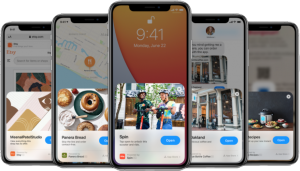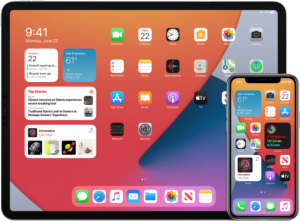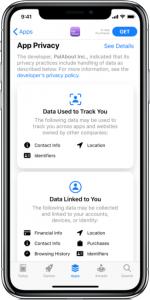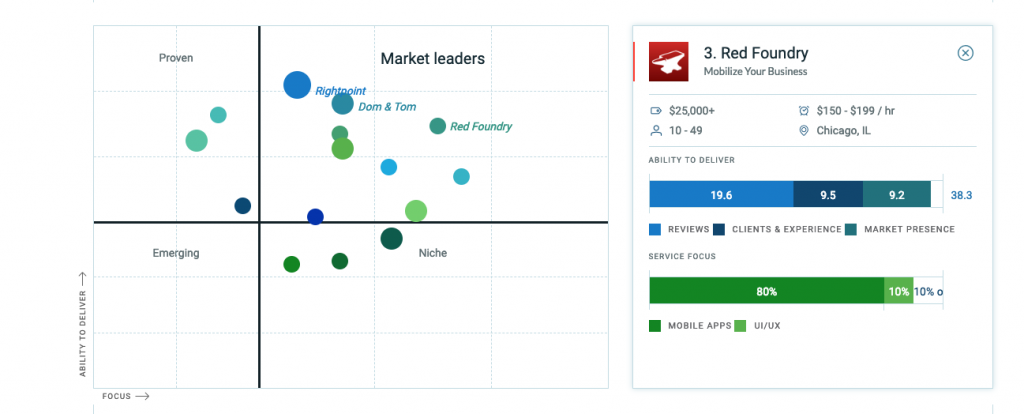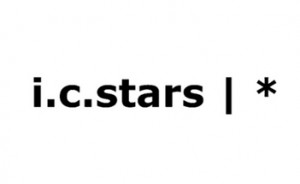Why Your UX Design Should Start with Product Thinking
on September 22, 2020The great researcher, professor, and author, Donald Norman, began to bridge the gaps between design, usability, and cognitive science when he coined the term “user experience” in the early 1990s. As the technological landscape began to change rapidly in the 1980s, with the introduction of graphical user interfaces (the first interactive screens, as we know them today), a major focus began to be placed on the interaction between human users, machines, and contextual environments. Graphical user interfaces made technology more accessible by introducing things like the computer mouse, icons, and graphics. For the first time, digital technology had a significant decrease in the barrier to entry.
As the progression of technology continued; and desktop computers, various operating systems, and the internet became commonplace, as did the crucial field of User Experience. In order to keep technology accessible to the average person, developers and designers needed to find ways to make digital machines as easy to use as possible. They started to apply the principles of “good design” and the methodology behind Design Thinking to the digital landscape, and thus, modern user experience, or UX, was born.
Fast forward to today in 2020, where 44.8% of the world population has a smartphone in their pocket, the world of user experience looks a lot different. Interfaces have become so advanced that the average user rarely finds themselves confused about how a digital product or app works. The iPhone’s interface has become so seamless that even babies and monkeys can operate them with little instruction. Fifteen years ago, interactions like swiping left and right didn’t even exist, and now, twelve variations of the iPhone later, we can’t even imagine a world without something like the endless scroll — that’s how intuitive the user experience has become.
Looking towards the future, digital products can no longer rely on having a good user experience alone to stand apart from the competition. That’s where product thinking comes in. Product thinking is the journey from the problem space to the solution space. The center of focus for any modern product needs to be the problem the product is trying to solve. A good user experience is getting easier to find. But a product with a good user experience that solves a real problem? That’s where a product can really stand apart from the rest.
Product thinking starts with finding a problem worth solving, and working to gain a deep understanding of what the problem really is, where it comes from, who it affects, and what other solutions (if any) have been tried in order to solve it before. Product thinking isn’t about jumping immediately to a solution. It is about spending time in the gray space, testing out different ideas, talking to real potential users, and a lot of iteration. Once the questions around what the problem is, where it comes from, and who it affects are answered, then is the time to develop a strategy for how to achieve building the right product, defining features, KPIs and metrics, and starting the design process.
At Red Foundry, we call this initial product thinking and design process phase “Discovery & Design” or “D&D,” as we like to refer to it. Though product thinking needs to be a constant state of mind throughout the entire design and development process, the initial “discovery” phase is a time dedicated to holistically thinking about the product. By giving space to truly understand the problem the product is trying to solve, the users pain points and goals, and what is really causing the problem, the team is able to start by first knowing that we are building the right product, before starting to design or develop it. It helps the team to understand the market value for what is being built and gives the power to make the right decisions when it comes to defining features.
Product thinking looks different for each problem, as there are an endless amount of variables that help define a problem. More often than not, the process is not linear, but one that is slightly more unpredictable. But when keeping an open mind to understanding the problem is the goal, unpredictability is the desired outcome. If you can alter your approach to defining what the product is going to look like, you’ll have a better chance of finding the right solution. If you can find the right solution and pair it with a seamless user experience, now that’s a great product.

